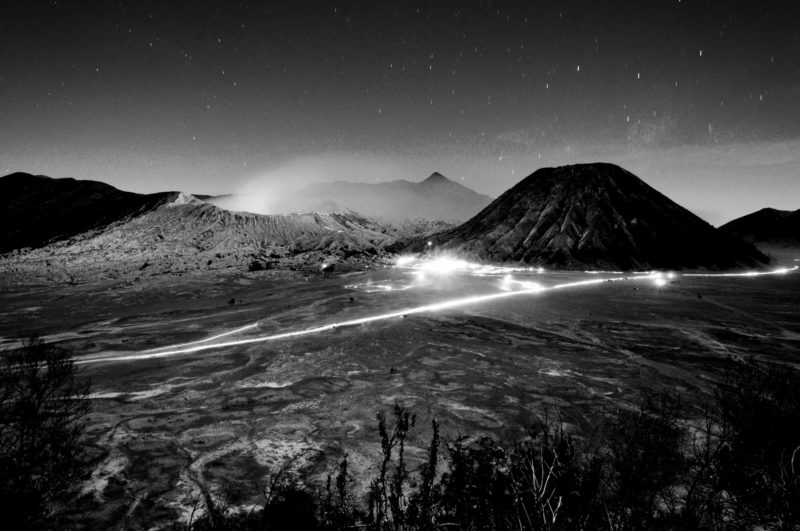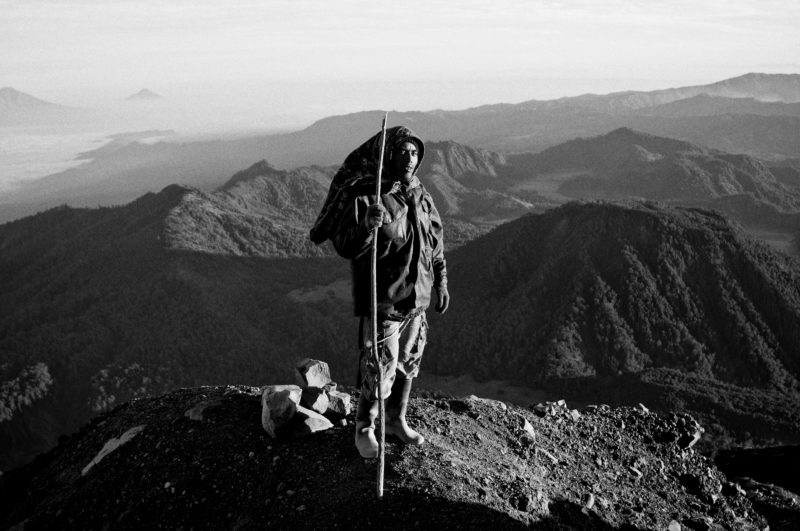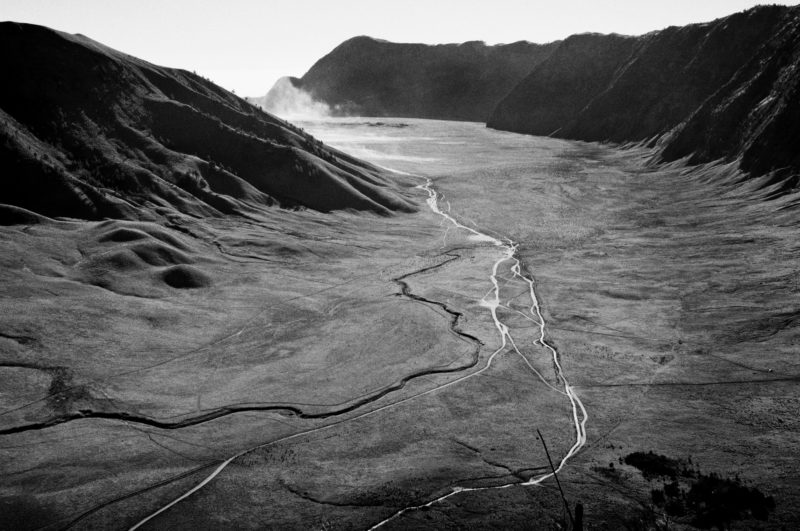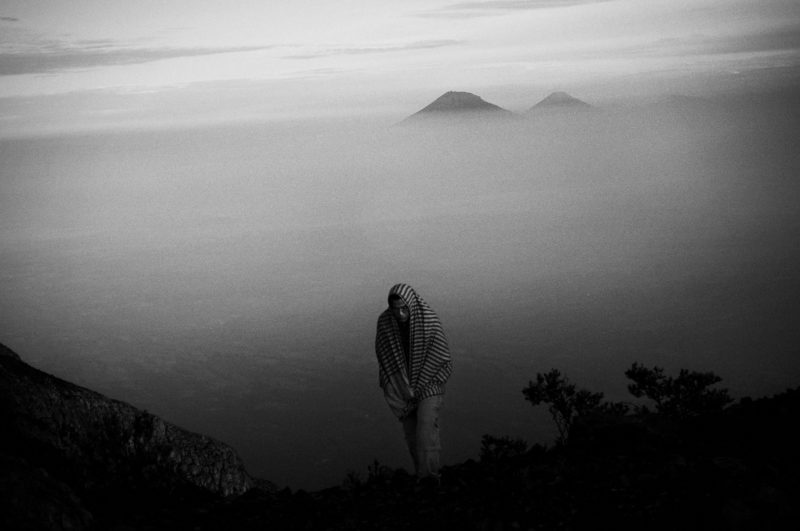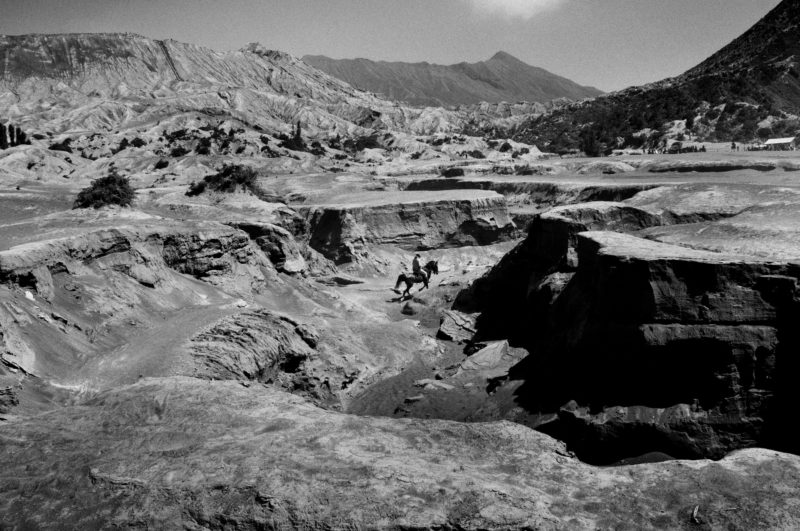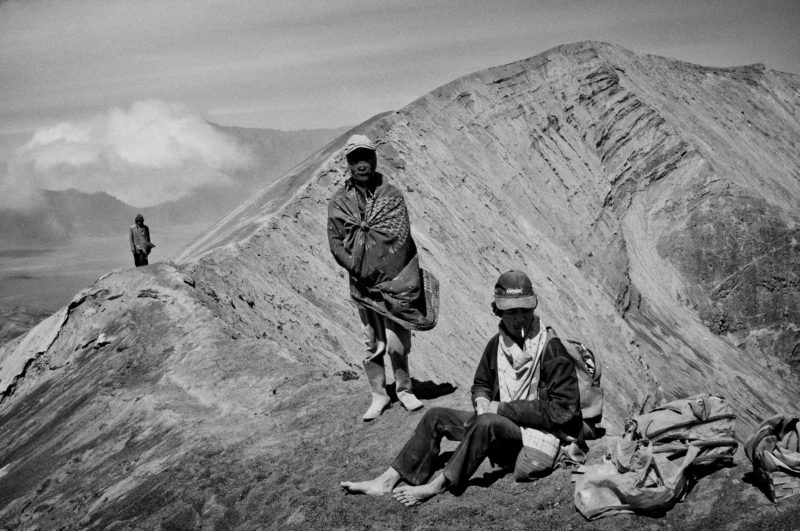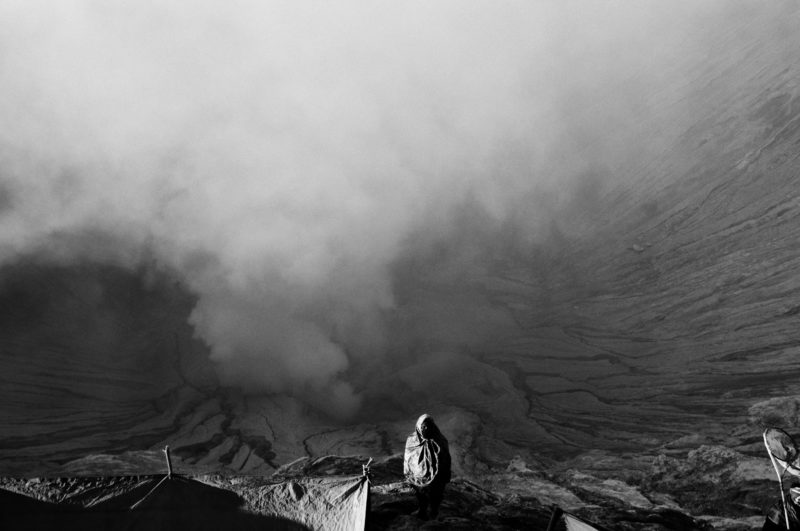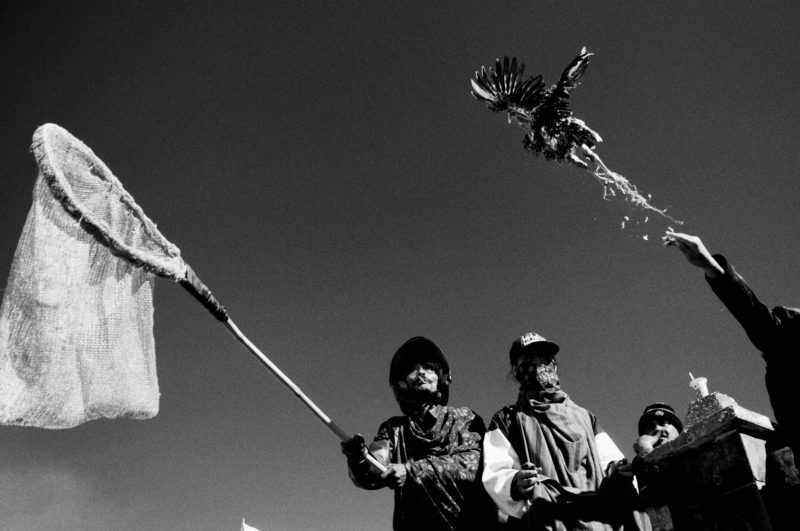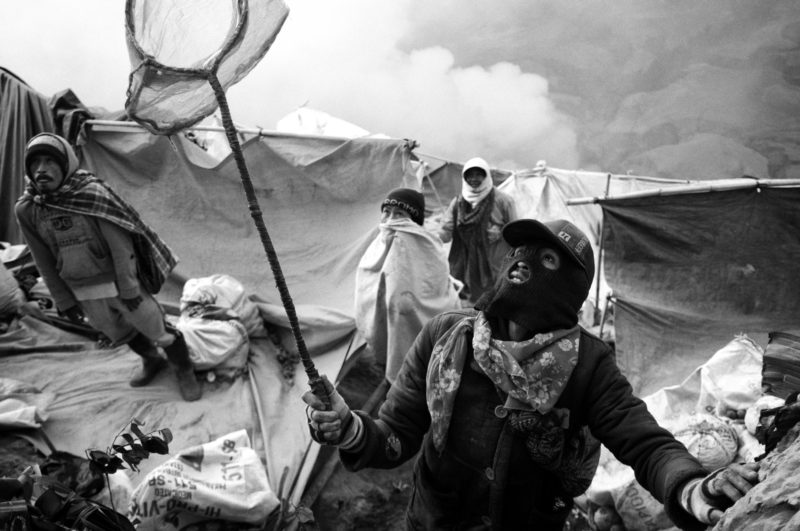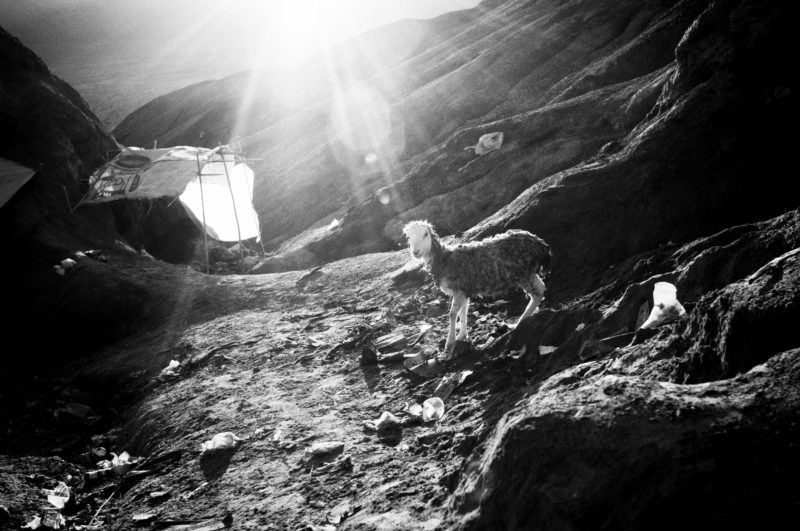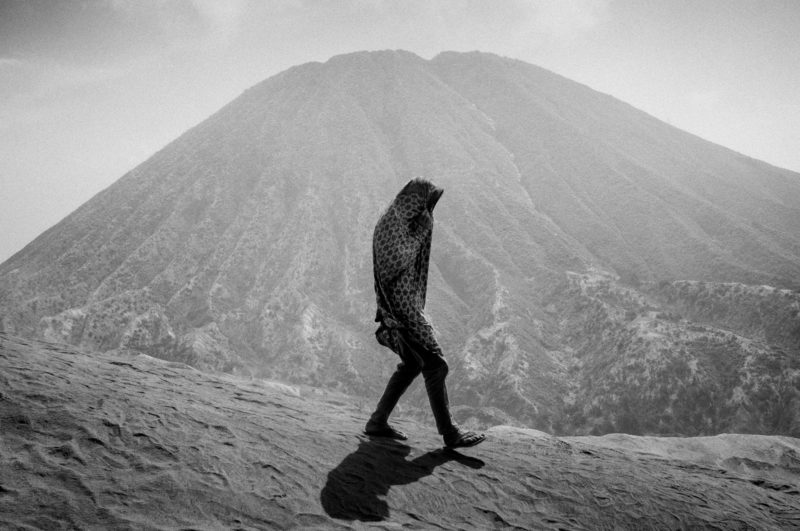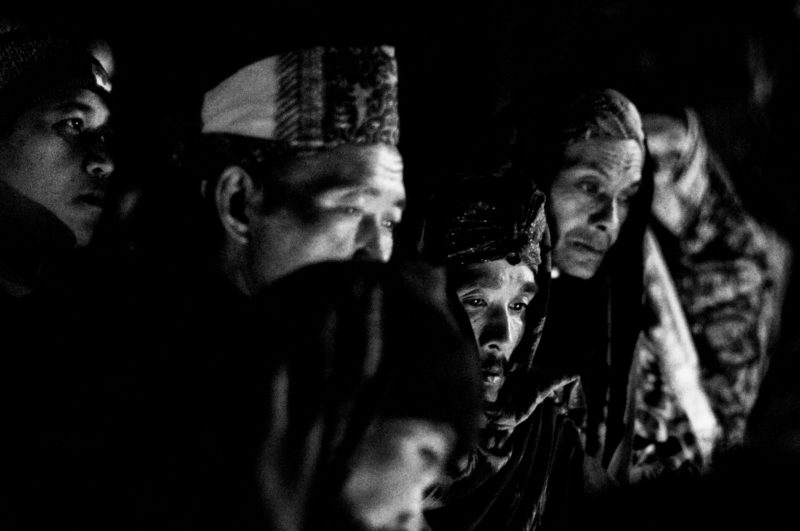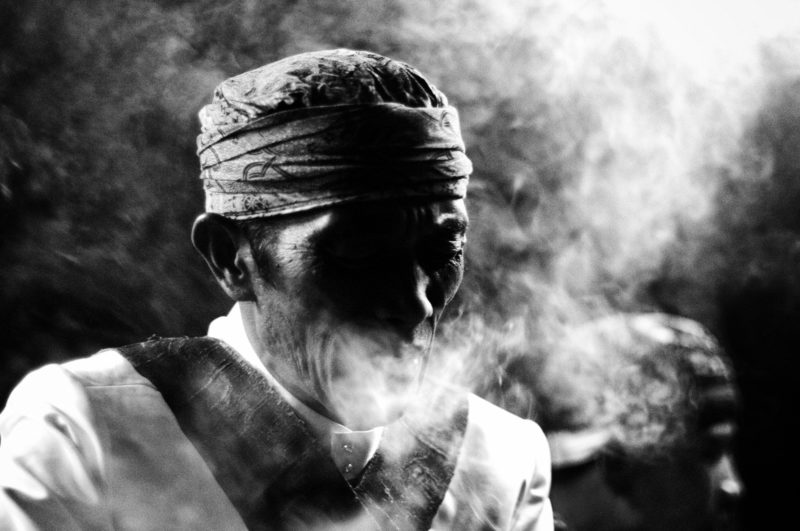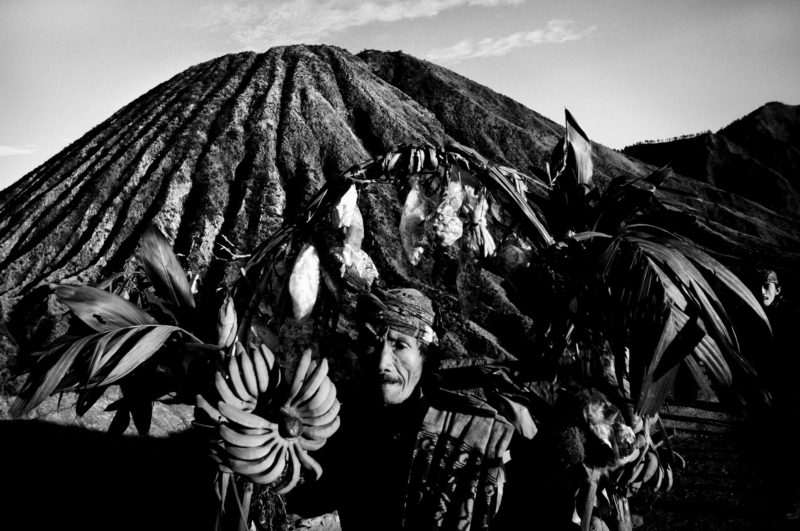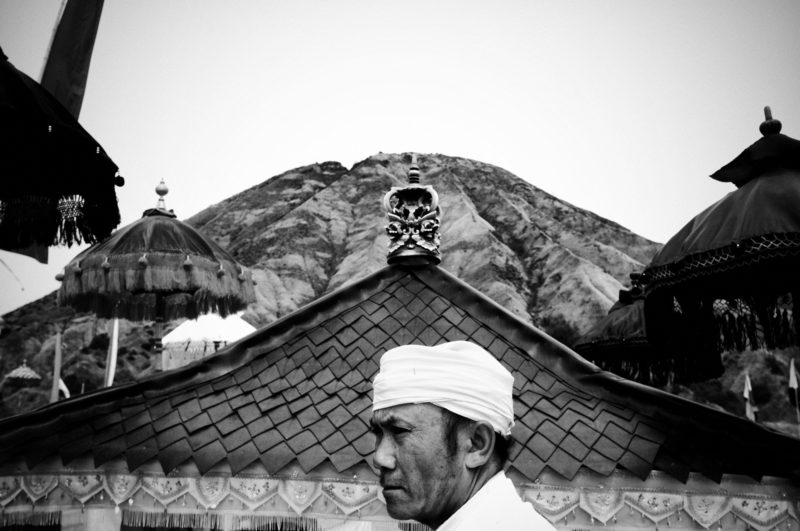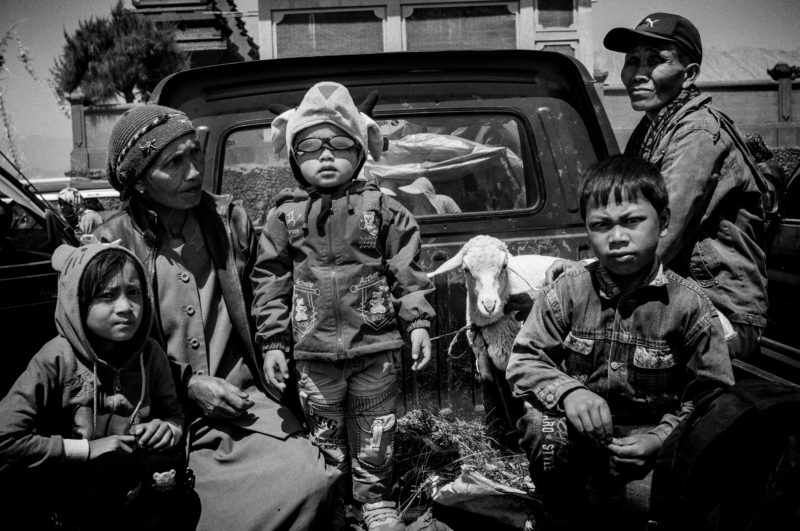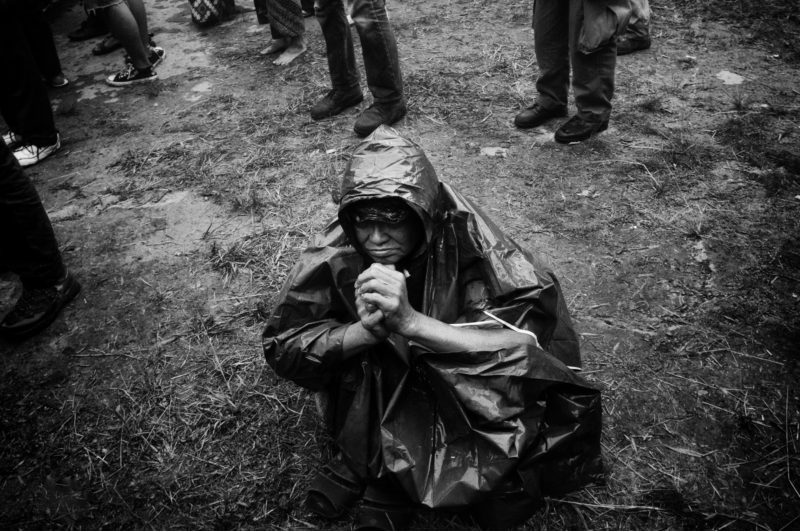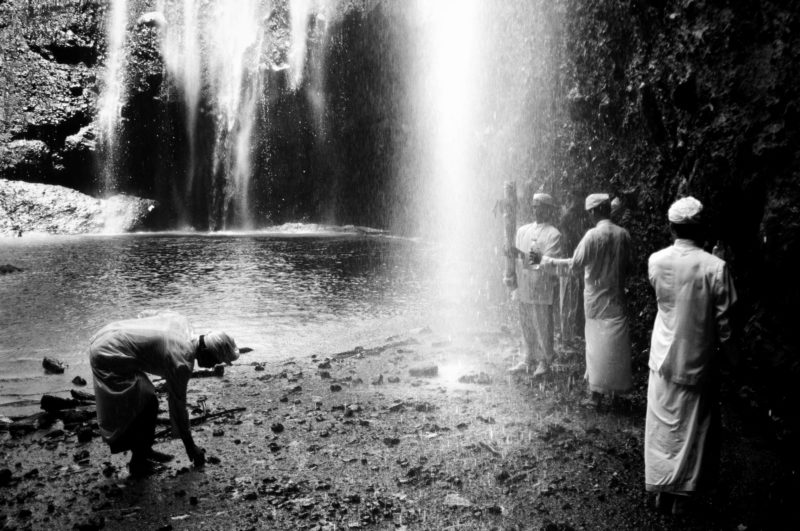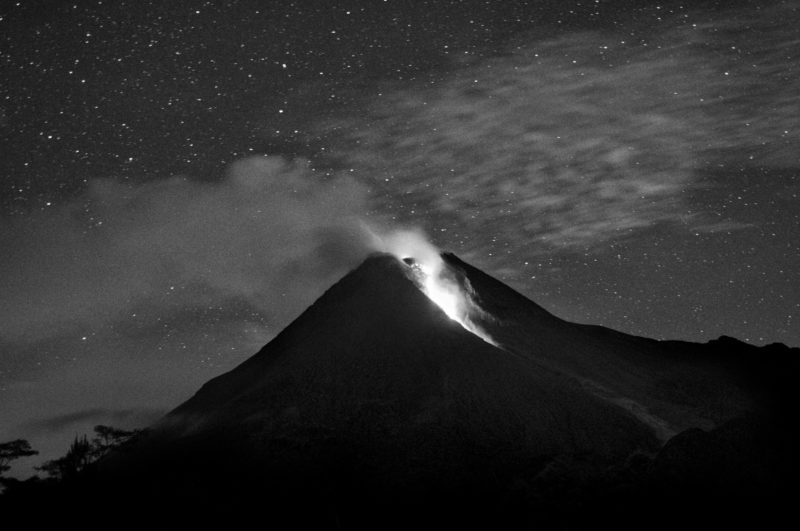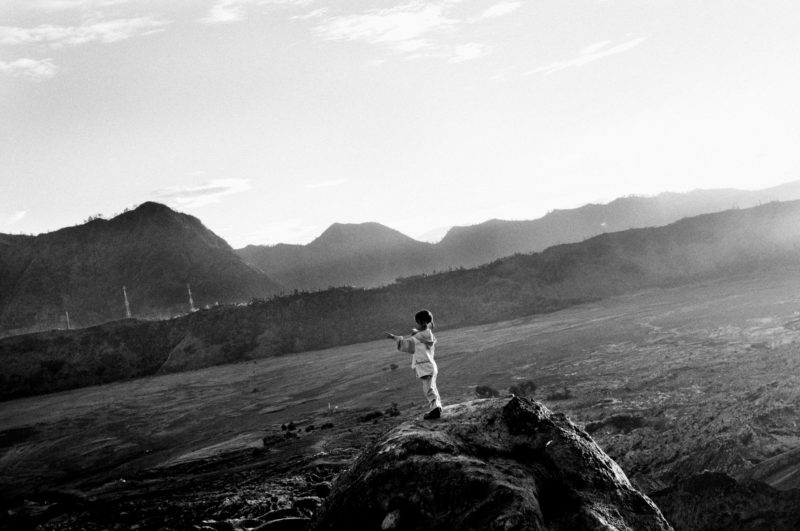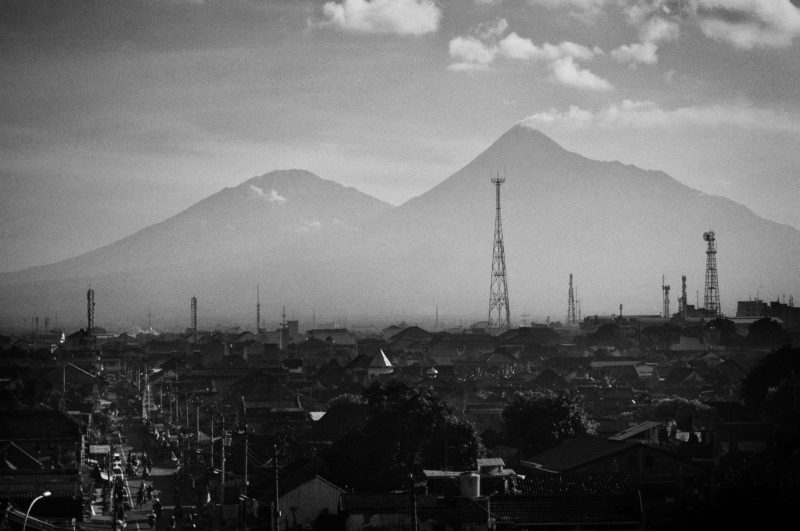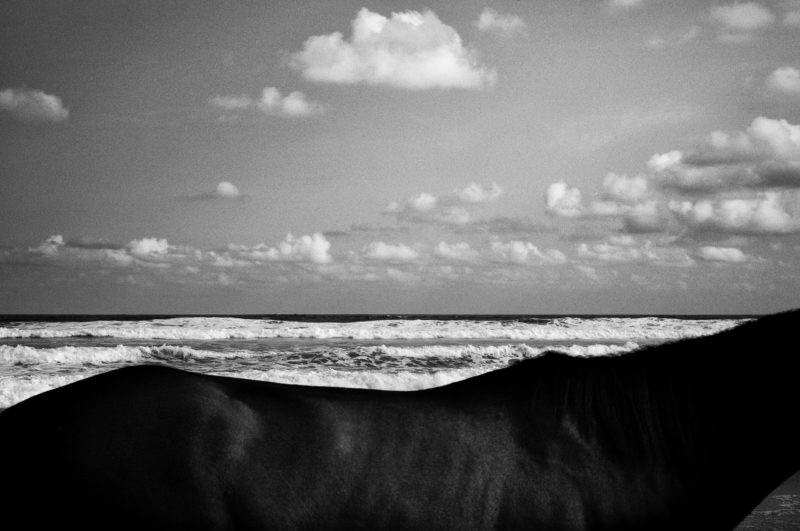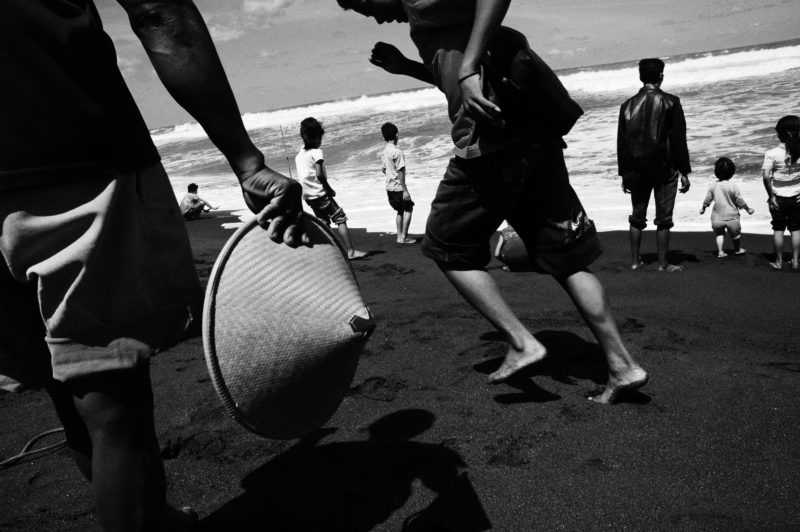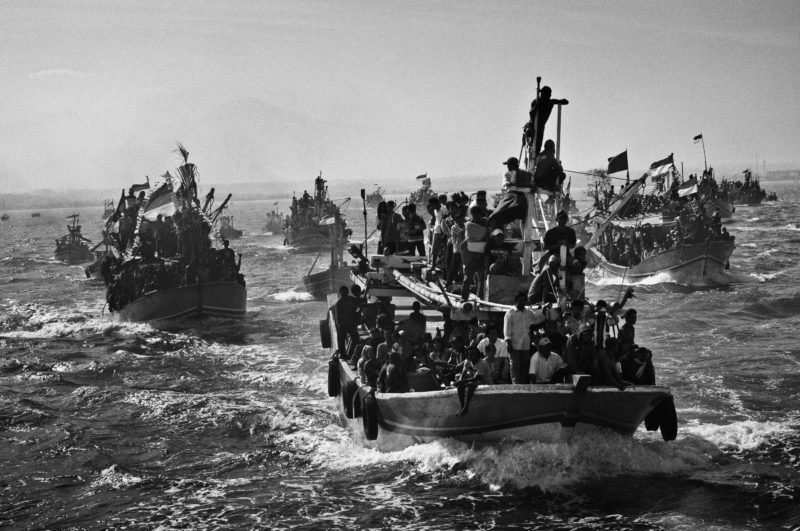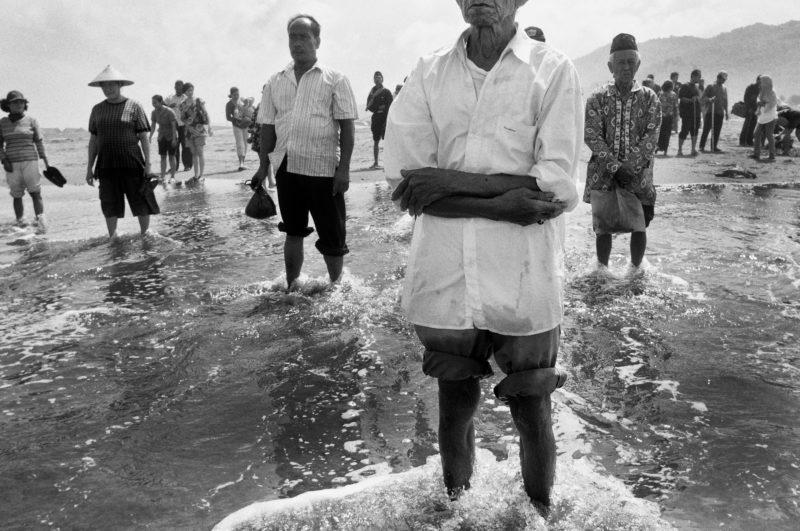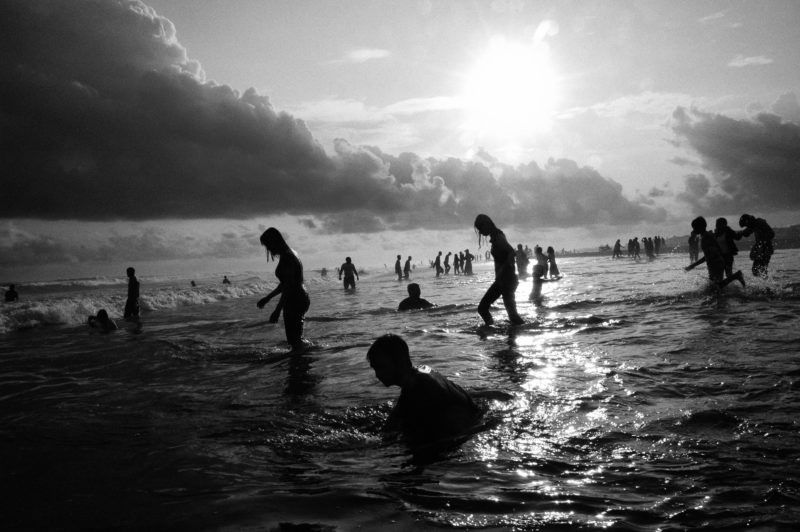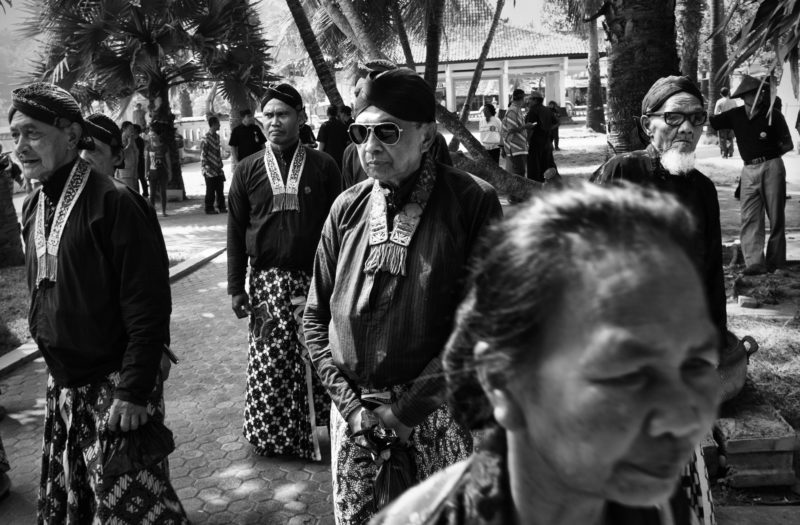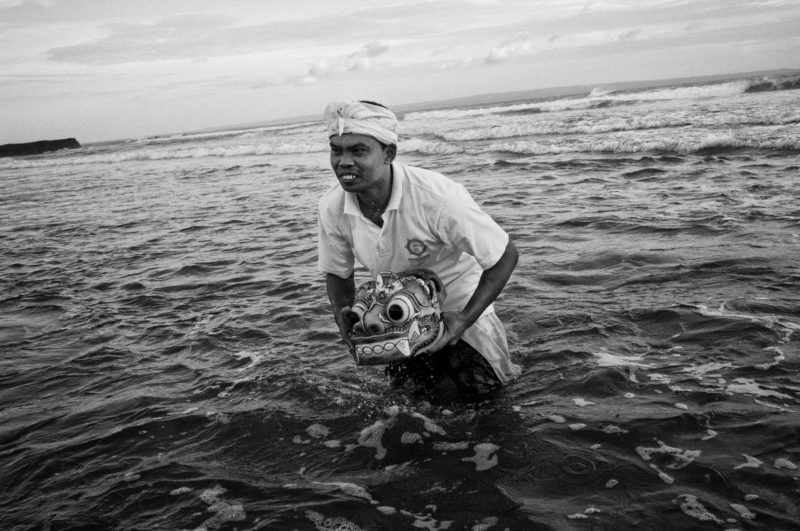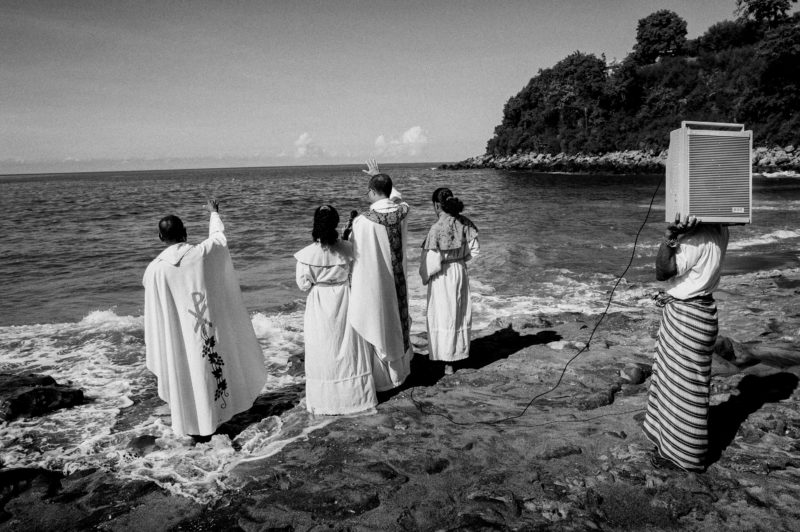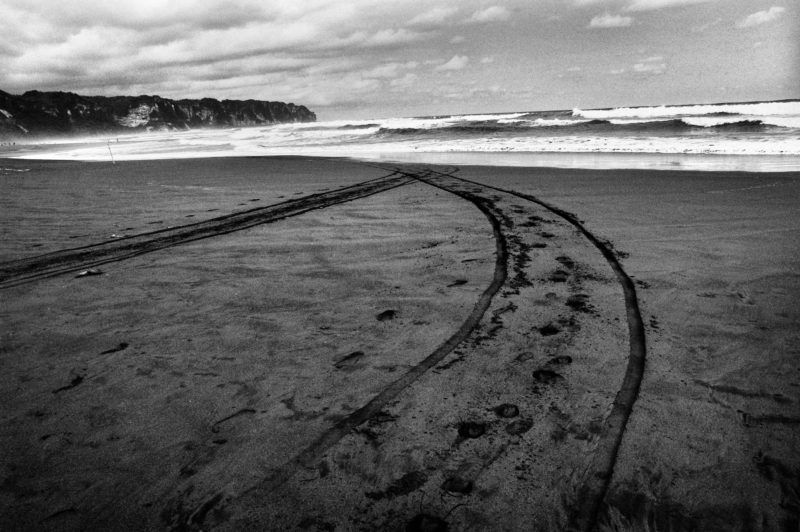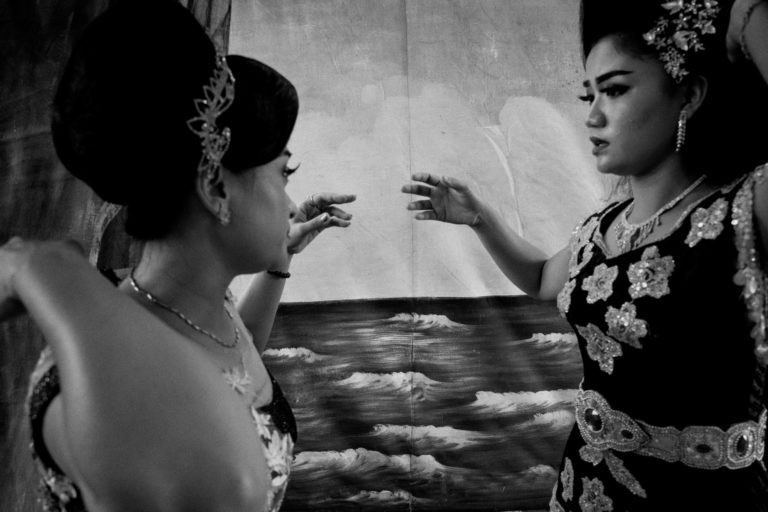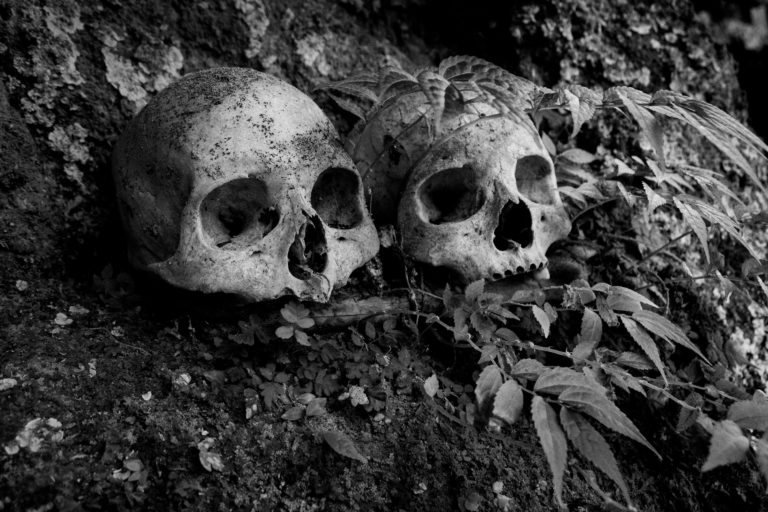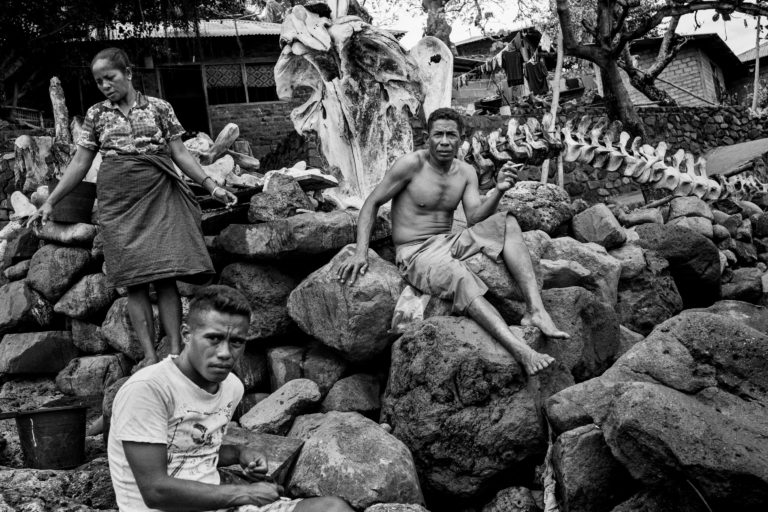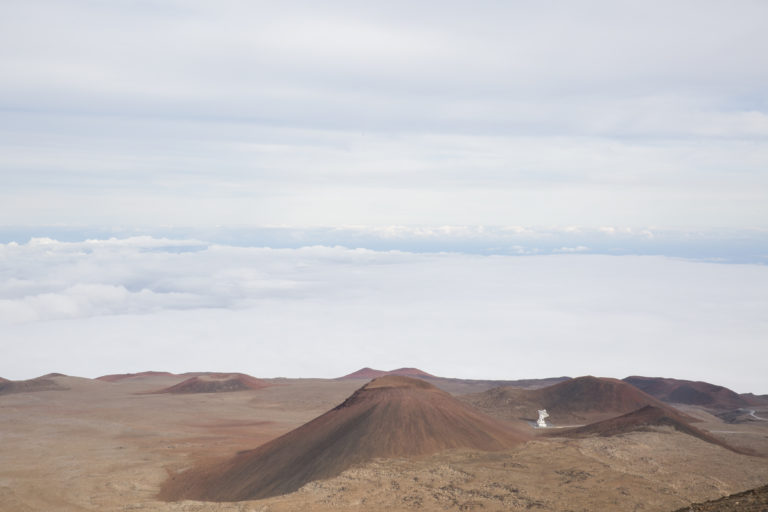Prologue by Alexander Supartono
Spending his formative years as a photographer during the decline of traditional photojournalism and documentary photography in the mass media, Rony Zakaria maintains in his work to date its utopian premise and romantic aura. His ongoing project “Men, Mountains & the Sea” takes up the most clichéd geographical feature of his country that has long been replicated in the overwhelmingly stereotypical, coffee-table style photographic representations of Indonesia. His logic is very simple: to match morphologically and conceptually the more than 150 active volcanoes and 80,000 km coastline of the country with the people who inhabit them. Sea and mountains have been sacred sites for most of the old civilizations. The modern analysis of the superstitious beliefs of many rituals has proved them to have a certain degree of rationality behind them: respect for Mother Nature.
Although they capture mountains and the sea, Zakaria’s photographs are not topographical as such; instead they are mostly about rituals devoted to the mountains and sea and the spirit of the place, the genius loci of what appears to foreign eyes as a mystical land. These depictions of rituals are not supposed to be records of events in the traditional documentary sense either. They consist of a series of individual moments that are loosely connected to the main event and which when combined can tell a story about the place and the people. These moments that punctuate Zakaria’s frame, small incidents, hidden details and traces on wet sand, people going about their everyday life, some exceptional occasions here and there, or simply changing weather conditions, clouds and fog, a drizzle, develop their own existence, and make up an impressionist picture of Indonesia.
The photographs do not attempt to make ethnographic claims either. From Bali to Tengger and Parangtritis, Zakaria captures people in the flux of life. Fishermen and farmers struggling to earn a living taming the land and the sea, street vendors, sultanate servants and local religious leaders in their daily routine, praying women and men caught in the sea in purification rituals are all represented from the standpoint of the insider and as a result they do not become subjects of otherness or exoticism. Therefore, neither the rituals, nor the events themselves are obvious. For Zakaria, what the lens see is what he feels, not what he knows.
